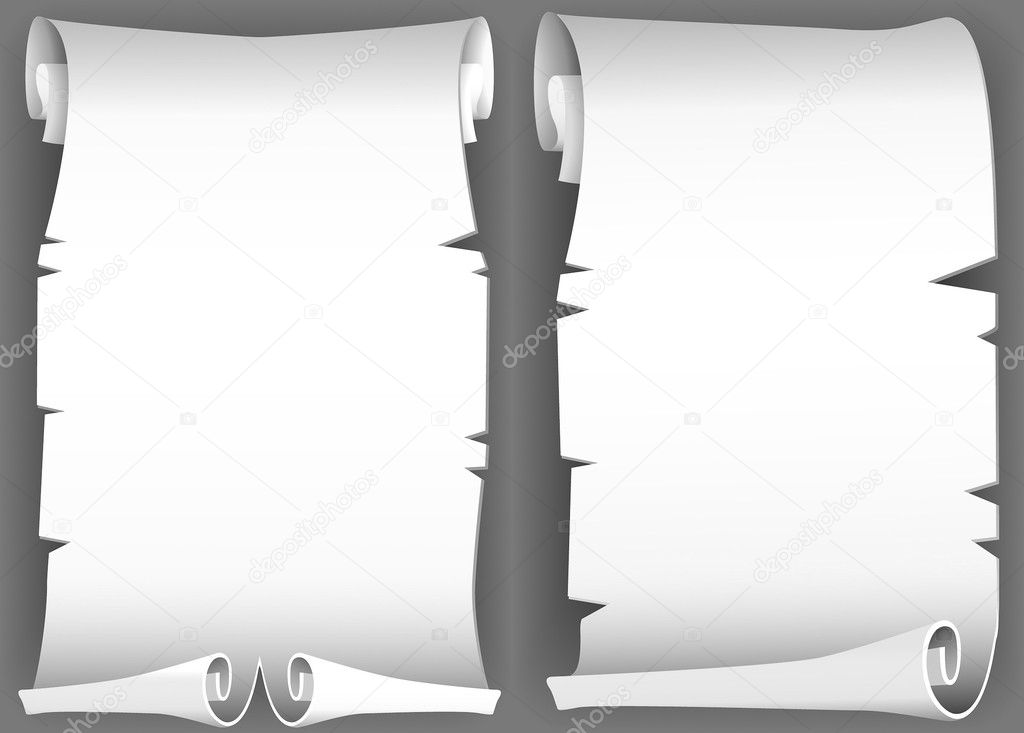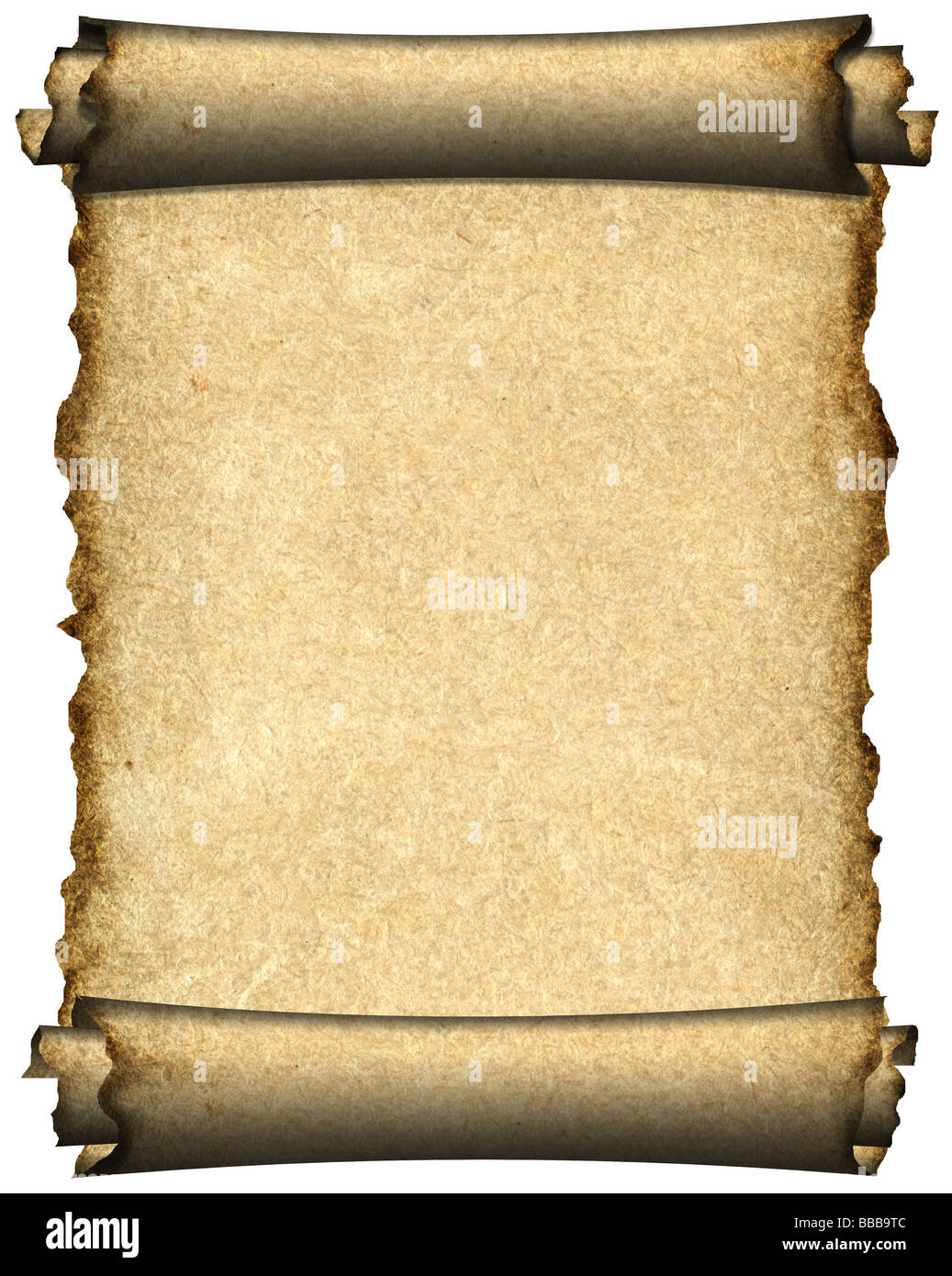
Lublin: Marie Curie-Skłodowska University Press, 2007. Ethiopian Art: A Unique Cultural Heritage and Modern Challenge. However, the material taken from a papyrus plant predominately composed the scrolls of the ancient world.
#OLD MANUSCRIPT SCROLL FOR FREE#
Raunig, Walter and Prinz Asfa-Wossen Asserate, editors. Clipart library offers about 25 high-quality Old Paper Scroll for free Download Old Paper Scroll and use any clip art,coloring,png graphics in your website. Courtesy of A scroll was a roll constructed of material that ranged from papyrus to parchment. Munich : Prestel New York, N.Y. : Museum for African Art, c1997. Art That Heals: The Image as Medicine in Ethiopia.

Lingfield, Surrey: Third Millennium, 2001. Ethiopian Christianity: History, Theology, Practice. Below are just a few of the many resources on Ge’ez manuscripts, Ethiopian objects, and architecture.Įsler, Philip Francis. While the two manuscripts featured below were either never bound or are now separated from their original binding, Beinecke Ethiopic MSS 5 provides a wonderful example of chain stitching.Īs more and more Ethiopian materials are digitized or put on public display, the number of links to these objects continuously grow. Chain stitching was used to unite the quires- a technique that forwent the thick cords or bands used along the spine of a book used in other types of binding. Ethiopian books often use a different type of binding than typical of most codexes bound in medieval Europe. Discovery of the Dead Sea Scrolls is among the more important finds in the history of modern archaeology. The Old English, also known as blackletter, dates back to 1000 years ago when it was used as a script throughout Western Europe. The continual production and dissemination of these books and scrolls over centuries speak to a long and complex literary and religious history.īeyond their distinctive illumination style, these manuscripts are notable for their construction. A lost biblical manuscript discovered in 1878 long believed to be a forgery was authentic and likely predated the Dead Sea Scrolls by hundreds of years, making it the most ancient biblical. Dead Sea Scrolls, ancient, mostly Hebrew, manuscripts (of leather, papyrus, and copper) first found in 1947 on the northwestern shore of the Dead Sea. These holy texts were created in a scroll format rather than bound.


Manuscripts from Ethiopia are held in collections around the world, including in the collection of Beinecke Rare Book & Manuscript library. But then Maoz coolly added the Israel Museum would not be averse to accepting the more than 1,000-year-old manuscript, known as Codex Sassoon 1053, for long-term display or as a bequest from a wealthy benefactor. Primarily written in Ge’ez, an Ethiopian liturgical language, the books and scrolls of Ethiopia have long been richly decorated- a tradition that continued through the nineteenth century. Ethiopia has a vibrant history of manuscript production spanning hundreds of years.


 0 kommentar(er)
0 kommentar(er)
